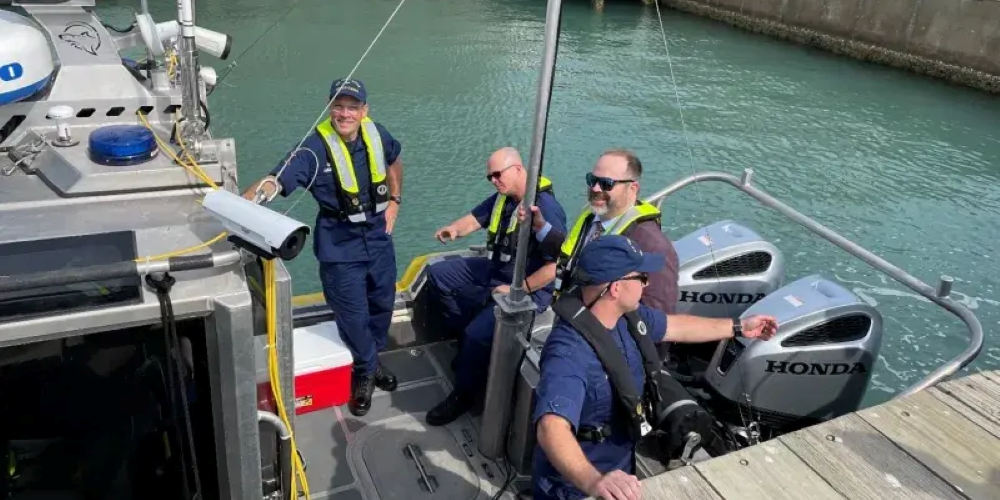The United States, a maritime nation surrounded by 95,000 miles of shoreline, faces unique and evolving threats to its maritime space. Whether due to changes in economics, geopolitics, society, demography, or other factors, protecting our waterways, ports of entry, and coastline borders can be challenging.
S&T’s Maritime Safety and Security (MSS) Program provides DHS component agencies with the tools and resources they need to meet their critical operational needs. The MSS Program manages research and development (R&D) activities that are creating next generation technology to interdict crimes, improve maritime safety and security, perform search and rescue missions, advance communications, and protect the environment. Current efforts focus on strengthening port and coastal resiliency and surveillance, developing remotely-operated technologies, integrating radars to detect dark (illegal) vessels, and enhancing information sharing among DHS and its partners.
With an eye to the next decade, the MSS Program worked with the Homeland Security Operational Analysis Center for more than a year to develop a capability roadmap to address current and future demands across DHS and inform related budget requests.
The team analyzed DHS maritime missions to identify component capability needs and prioritize maritime threats and then grouped these into seven proposed new projects to expand the MSS Program’s portfolio.


